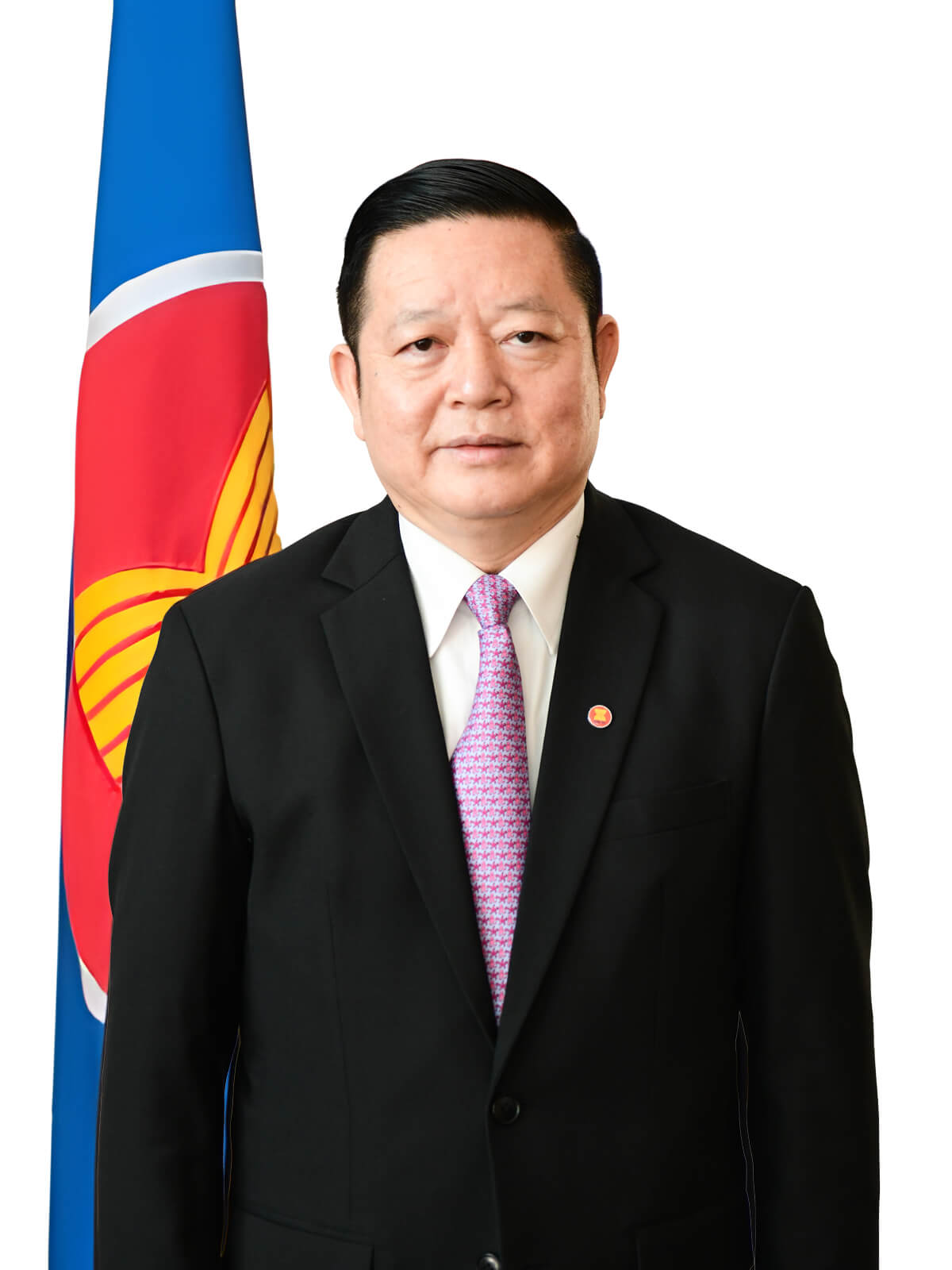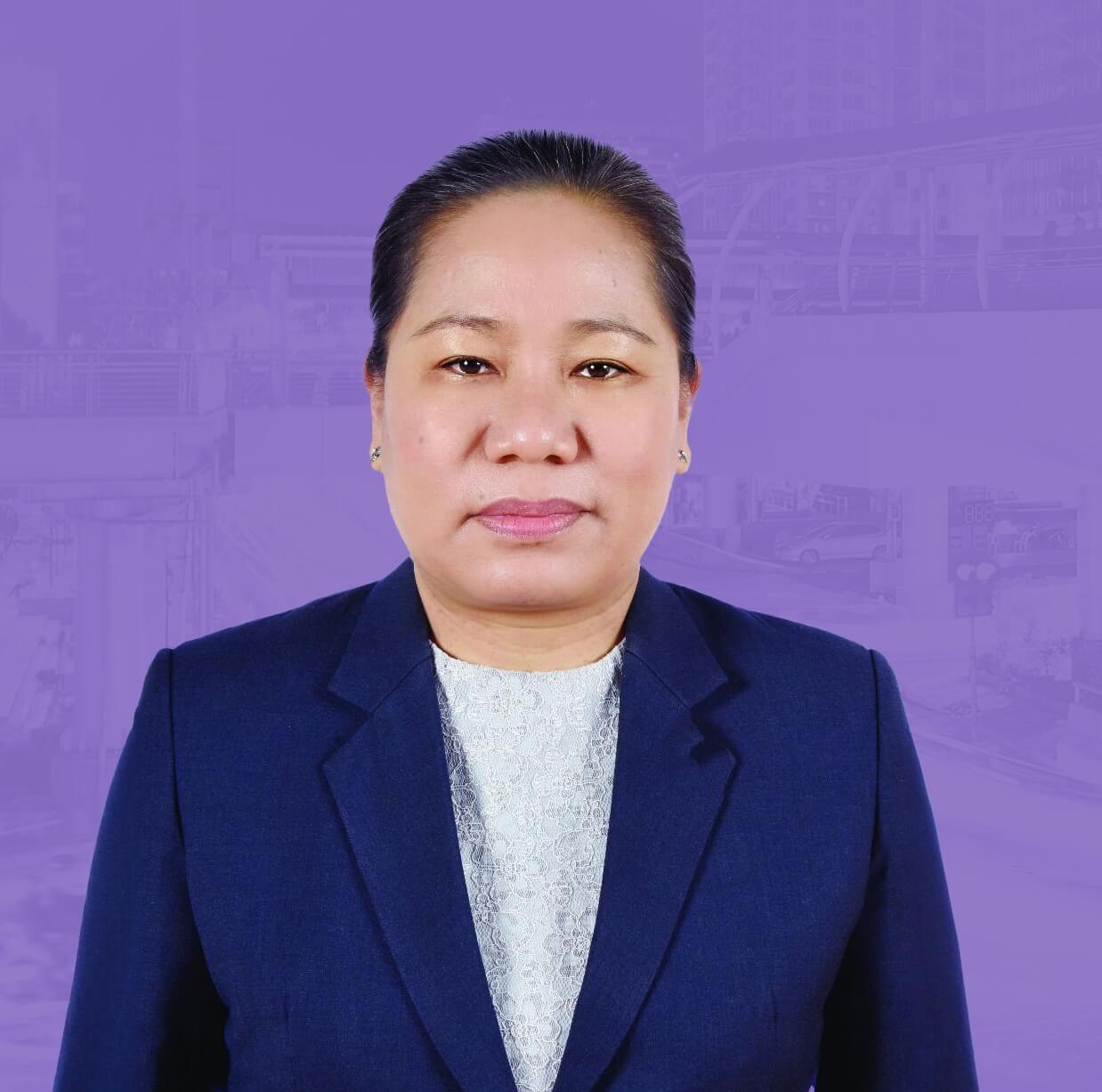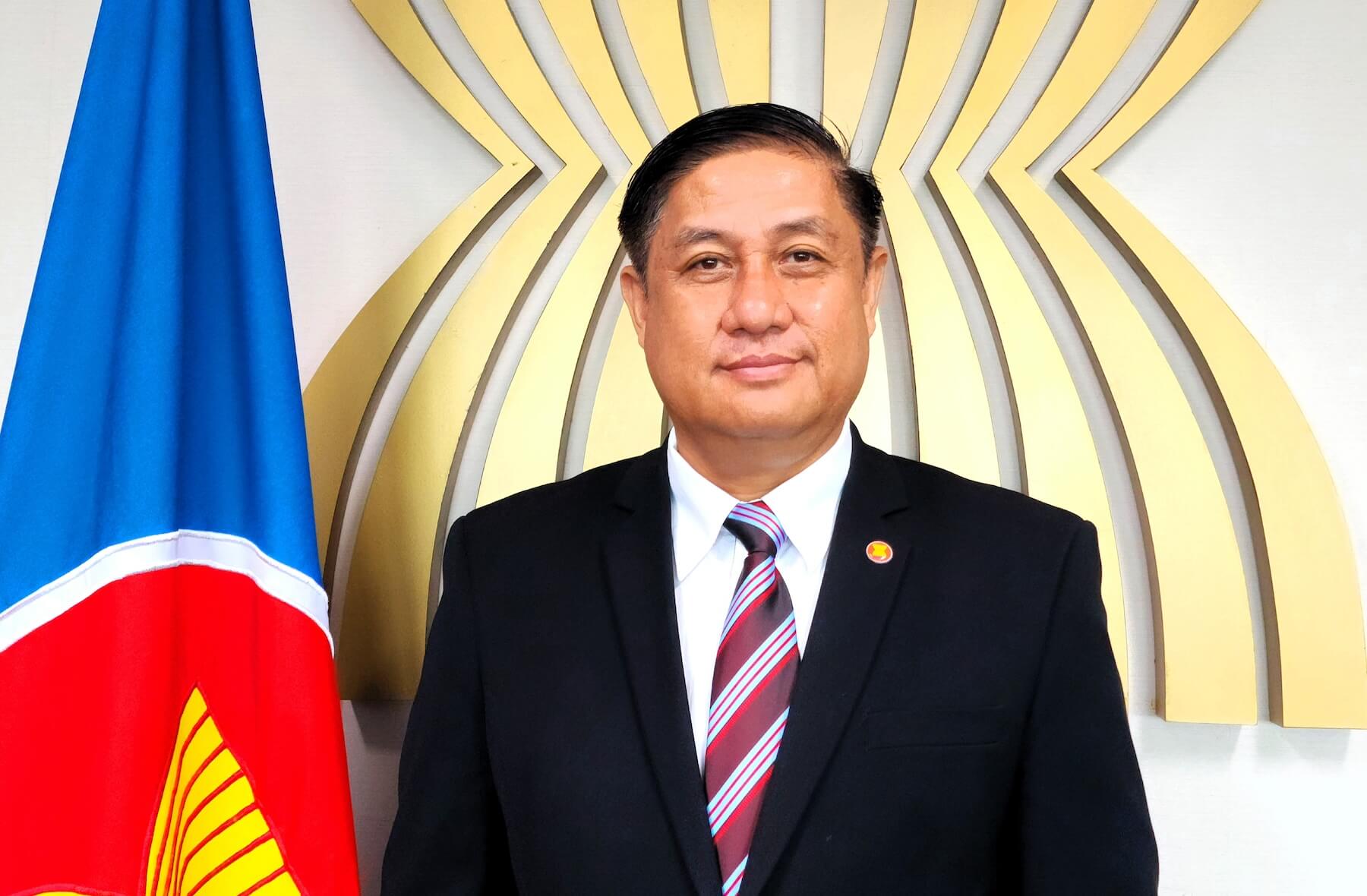
On 30 August 2021, the ASEAN youth ministers launched a report on “Understanding How Young People See ASEAN. The study aims to fill in the missing puzzle piece of the ASEAN Youth Development Index launched in 2017: its fifth domain, the ASEAN Awareness, Values and Identity.
On 30 August 2021, the ASEAN youth ministers launched a report on “Understanding How Young People See ASEAN. The study aims to fill in the missing puzzle piece of the ASEAN Youth Development Index launched in 2017: its fifth domain, the ASEAN Awareness, Values and Identity.
The ASEAN Youth Development Index Task Force, under the ASEAN Senior Officials Meeting on Youth (or SOMY), engaged a team of experts led by Dr. Eric C. Thompson to define and operationalise the concepts of “awareness,” “values,” and “identity” and determine the best data collection method. The team was informed by preceding studies on ASEAN awareness, such as those conducted by the ASEAN Foundation in 2007 and jointly by the ASEAN Foundation and the Institute of Southeast Asian Studies (now ISEAS – Yusof Ishak Institute in 2015) in 2014.
The ASEAN Youth Development Index Task Force conducted a questionnaire-based survey in 2020 amidst the COVID-19 pandemic, covering over 2,000 university students from ASEAN’s 10 Member States.
The quest to find out how young people view ASEAN ties up with the effort of the ASEAN culture and arts sector to establish a Narrative of the ASEAN Identity. An interesting study finding is that awareness alone does not guarantee positive affinity towards ASEAN. But, again, this is worth exploring through open dialogues and follow up study.
In designing ASEAN’s youth development programmes, the study recommends emphasising the following: acknowledgement of the nature of the ASEAN Community as a diverse group of populations, celebration of socio-economic-cultural diversity, and deeper appreciation towards common values. These points are particularly significant in the Southeast Asian context, where relationships between different peoples are not always built upon similarity and assimilation but on mutual respect and understanding of their differences.
The study also highlighted the need to understand further the relationship between values and identity in the ASEAN context. Modern notions of identity—be they national, ethnic, regional, religious, gender or other sorts—typically consider people of the same type. But this idea of sameness does not work in Southeast Asia, a region marked by diversity. According to the research team, a values-oriented identity rather than a typological identity may be a better basis for understanding and measuring the ASEAN identity. In the study, students who felt a strong sense of ASEAN citizenship also shared core values of ASEAN, such as a people-oriented community and seeing cultural diversity as an asset. In sum, the study suggests that the ASEAN youth can identify with and share ASEAN values but still respect and maintain their distinctive national, ethnic, and other identities.
An open panel discussion was held soon after the launch, involving speakers from youth organisations and a team of experts to hear the youth’s perspective on the findings of the study. Agatha Lydia Natania of the ASEAN Youth Organisation moderated the webinar. Joining the panel were Jufitri Joha of the Committee of ASEAN Youth Council (CAYC); Fatimah Zahrah of the ASEAN Youth Forum (AYF); Mohd. Harith Ramzi, Senior Research Associate, Owl and Badger Research and Alumni of ASEAN University Student Council Union (AUSCU); and Horea Salajan, Media Specialist of ASEAN-USAID PROSPECT.
Youth leaders and experts exchanged views and perspectives on the report findings, including how stakeholders can benefit from the findings and recommendations of the report, particularly in designing policies, programmes, and message formulation. Conversations among speakers revolved around expanding the study sampling in its next iteration to ensure inclusivity, new ideas on content creation, and exploring ways to channel information and communicate better with the youth and engage them amid various challenging circumstances. The breadth and diversity of Southeast Asia itself make representative sampling of such a survey challenging. But participants were able to discuss ways in which strategic sampling could generate insights from a much wider group of youth beyond the initial coverage of the survey. This 2020 survey is a valuable first step since team members, and other stakeholders were able to develop the methodology and obtain baseline data to develop the Values and Identity components of the ASEAN Youth Development Index going forward.
An interesting point raised during the dialogue is the importance of translating ASEAN messages into the local languages spoken by young people. Findings show that most university students learnt about ASEAN from school, rather than the internet and social media, which appear second on the list, followed by television. Localisation of ASEAN information and messages is important to reach the region’s linguistically, culturally, and economically diverse population.
The development of varied activities is needed to build ASEAN awareness and affinity. For some youth, educational and cultural exchanges should take the highest priority. Economic opportunities, regional cooperation on health and disease control, or poverty reduction should take precedence. The survey results will help identify which ASEAN activities are most desirable in particular countries.
In a nutshell, there is no one-size-fits-all approach to reaching out to the ASEAN peoples, especially to the next generation, the millennials and generation-Z. By not diversifying, we often privilege the youth who can communicate in English and access digital technologies. This was evident during the pandemic. ASEAN stands to miss out on the opportunity to get its message to and engage young people from regional or provincial universities. The study found them to be more enthusiastic and interested in ASEAN than those from higher profile universities in capital cities.
A common identity is a source of creativity and innovation and also serves as an inspiration for young people to contribute to ASEAN community building. Securing the support of the people of ASEAN from all walks of life is necessary for ASEAN to achieve its goal of inclusive region-wide development. We are hopeful that the findings of this study will elevate our understanding of ASEAN identity and values and will help us and other stakeholders engage ASEAN youth from a wide range of cultural, educational, and socio-economic backgrounds.








